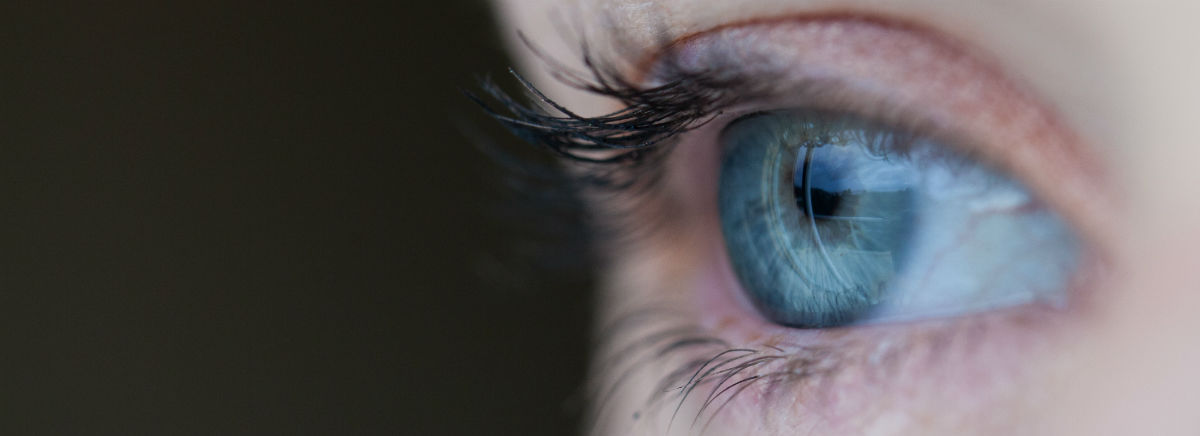The chance of vision reducing complication is less than 1% and no sight threatening problems (loss of vision) are recorded. Some side effects like night glare, under correction rarely occur in very high powers. There is also a small possibility of regression especially in high powers. Infection is a remote possibility with every surgical procedure.
The surgical procedure is relatively simple and takes around 10-15 minutes for both the eyes.
The anesthetic drops are first instilled to cause numbing of the eye. This may give rise to a slight burning sensation as soon as the drops are instilled
An instrument known as the microkeratome is then used to raise a thin flap (120-140µ) of the cornea. The red light may transiently disappear during this process. Alternatively the latest technique for making the flap is using a femto second laser (INTRALASE) to make a highly precise and customized flap
The excimer laser then reshapes the cornea by removing a predetermined precise amount of tissue from the inner cornea. The flap is then repositioned back where it adheres immediately without the need for stitches or bandages
Visual recovery is full in 24-48 hours.
For some people, other eye problems prohibit the use of an artificial lens. In these situations, once the cataract is removed, vision may be corrected with eyeglasses or contact lenses.
Refractive surgery often offers improved vision without the hassle of glasses or contact lenses. In general, you have a very good chance of achieving 20/25 vision or better after refractive surgery.
More than 8 out of 10 people who’ve undergone refractive surgery no longer need to use their glasses or contact lenses for the majority of their activities.
Your results depend on your specific refractive error and other factors. People with a low grade of nearsightedness tend to have the most success with refractive surgery. People with a high degree of nearsightedness or farsightedness along with astigmatism have less predictable results.
Many people have positive results and report high satisfaction after LASIK surgery. However, long-term results often aren’t available, as many people are sufficiently satisfied after surgery. Also, the LASIK procedure has evolved over time, and the procedure done today is different from the procedure done a few years ago.
Cataract surgery is generally safe, but it carries a risk of infection and bleeding. Cataract surgery increases the risk of retinal detachment.
After the procedure, you’ll have some discomfort for a few days. Healing generally occurs within eight weeks.
If you need cataract surgery in both eyes, your doctor will schedule surgery to remove the cataract in the second eye after you’ve healed from the first surgery.

